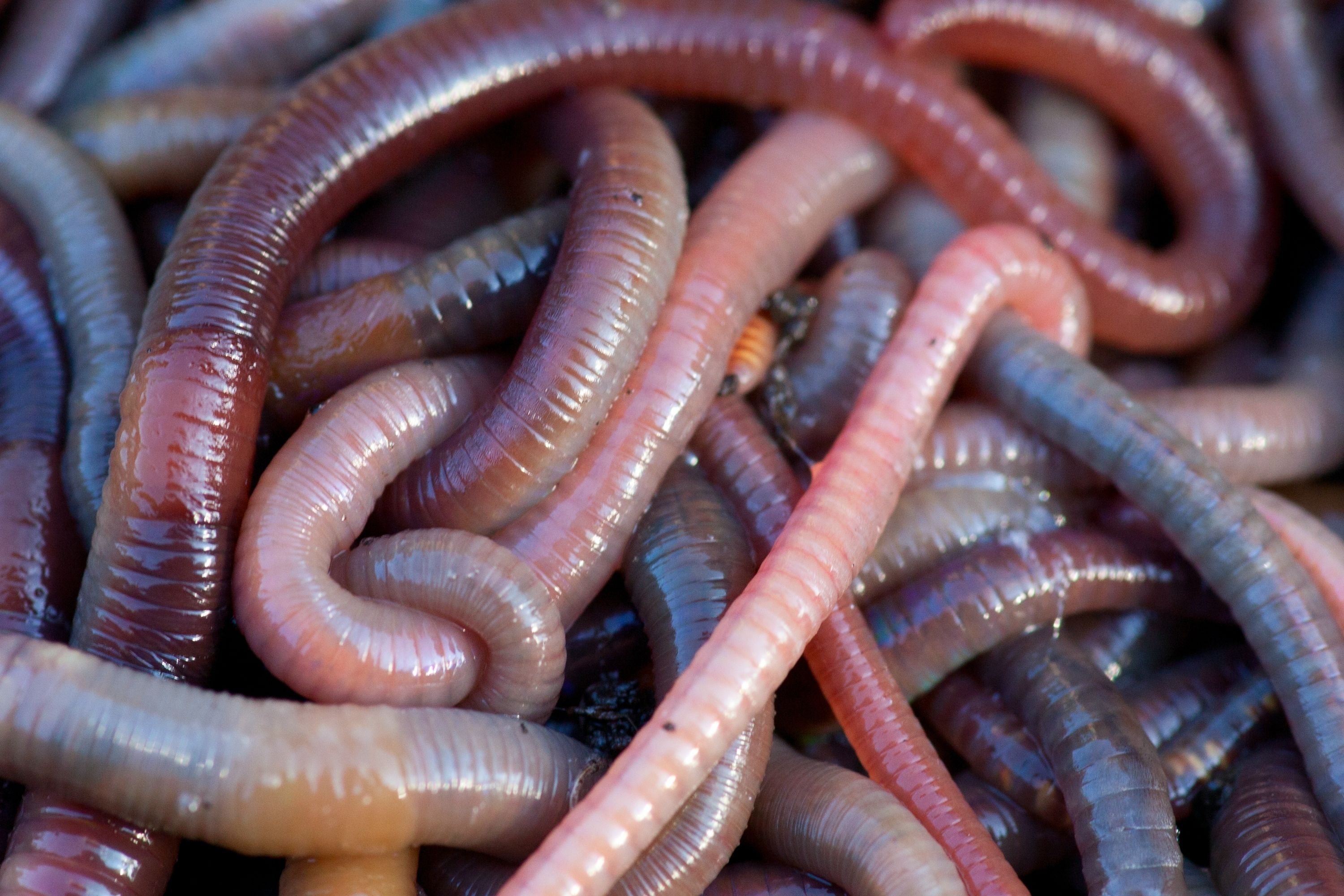Grey worm
(Aporrectodea caliginosa)

Description
Aporrectodea calignosa (also known as Allolobophora similis or the grey worm) is an earthworm commonly found in Great Britain. It is recognizable by the three distinct shades of colour at its front end, and it is 6 centimetres (2.4 in) in length when not moving. Its saddle pads usually form a two humped ridge across three segments along the length of the saddle, however this is not clearly visible. The worm mostly lies in non-permanent horizontal burrows in topsoil, and is rarely found in leaf litter. Like most worms, its diet consists only of soil. Aporrectodea is a genus of earthworms in the family Lumbricidae. The genus includes some of the most common earthworms in the Palearctic realm and in agricultural soils across the temperate regions of the world. Several species are found throughout the world today, having been widely introduced via agriculture. One of these widespread species, A. trapezoides, was also transported across continents as a popular fishing bait. Some species of this genus are known to be important in the process of soil formation. Among the most familiar species is Aporrectodea caliginosa, which has been known as a species complex made up of several very similar taxa whose relationships were not clear. A phylogenetic analysis confirmed that these taxa are separate species, including A. trapezoides, A. tuberculata, A. longa, and A. nocturna.
Taxonomic tree:







